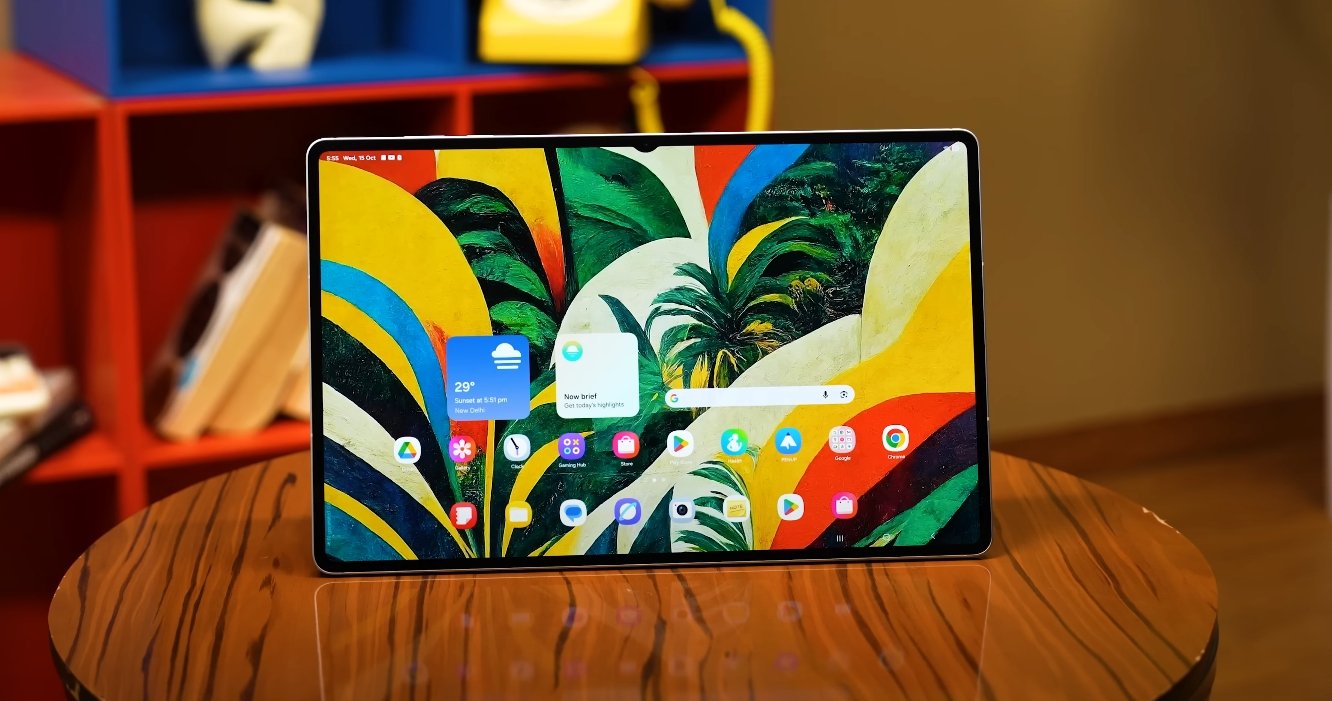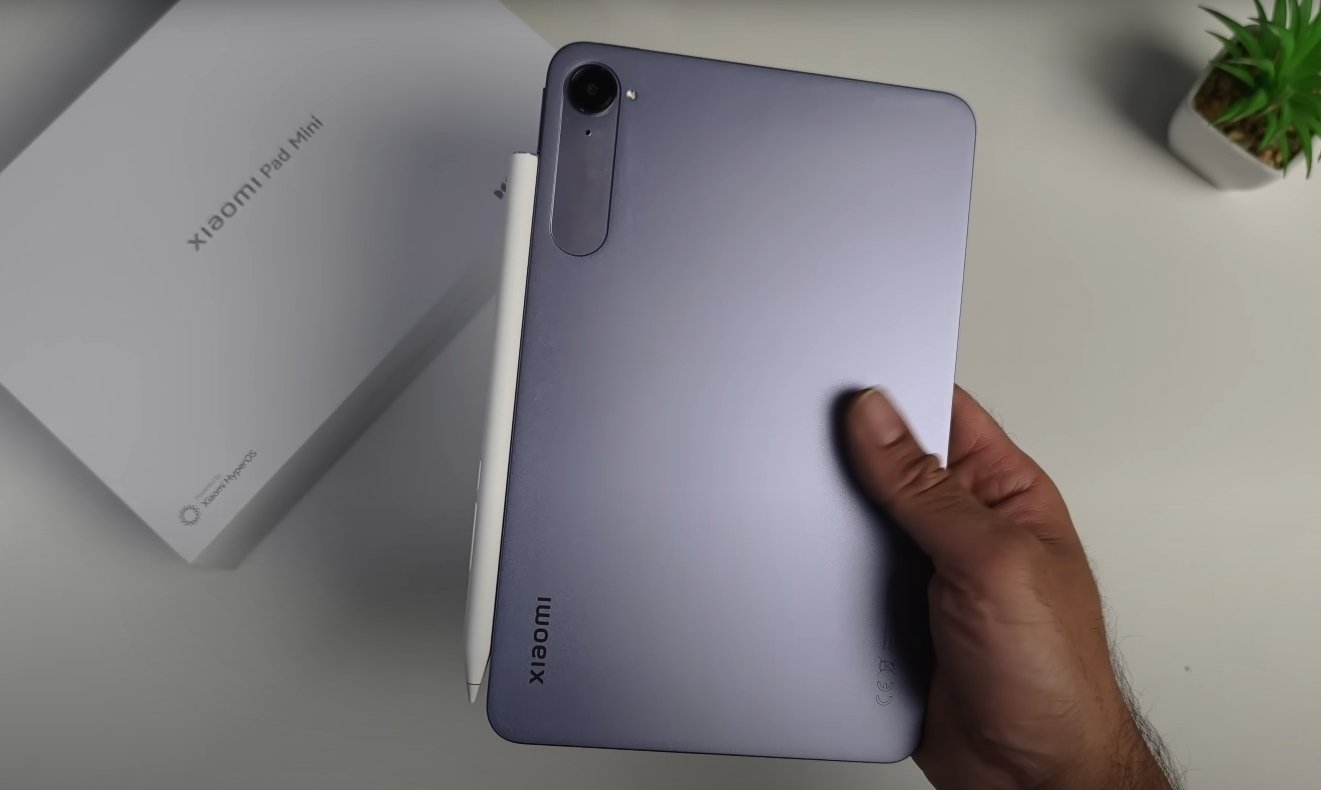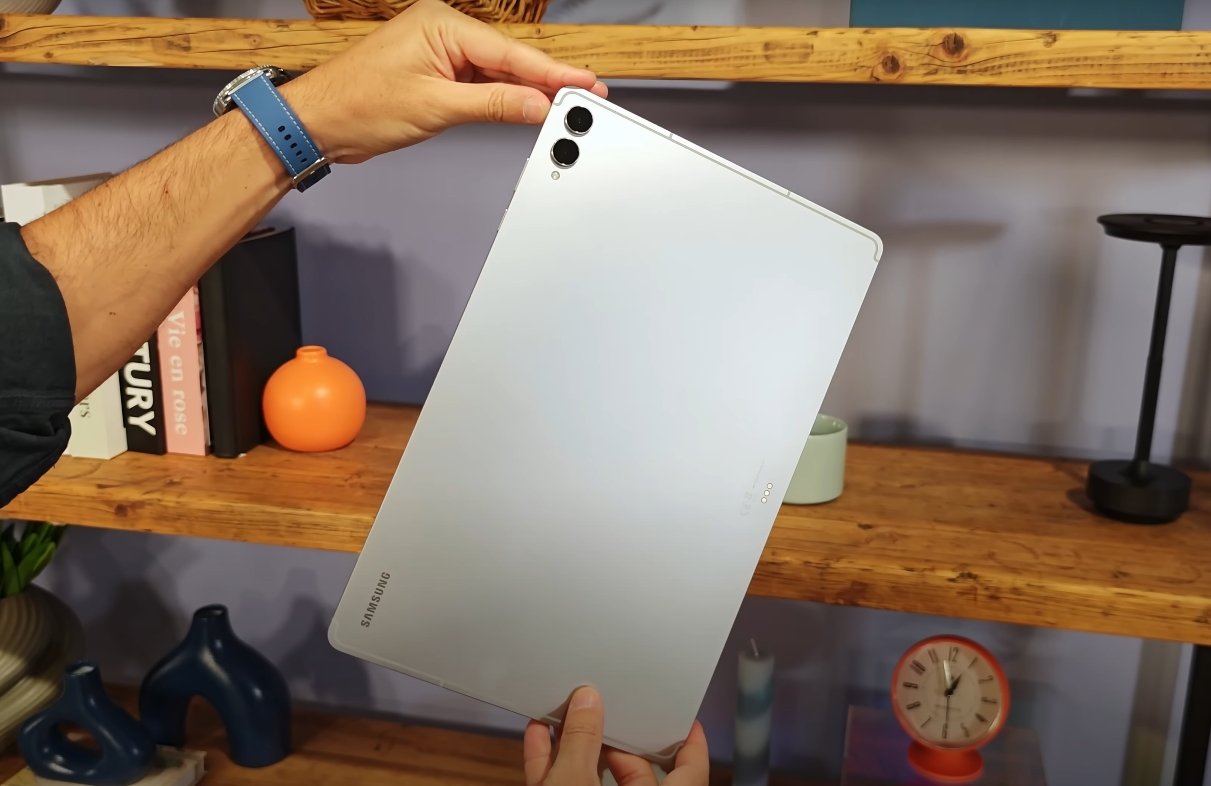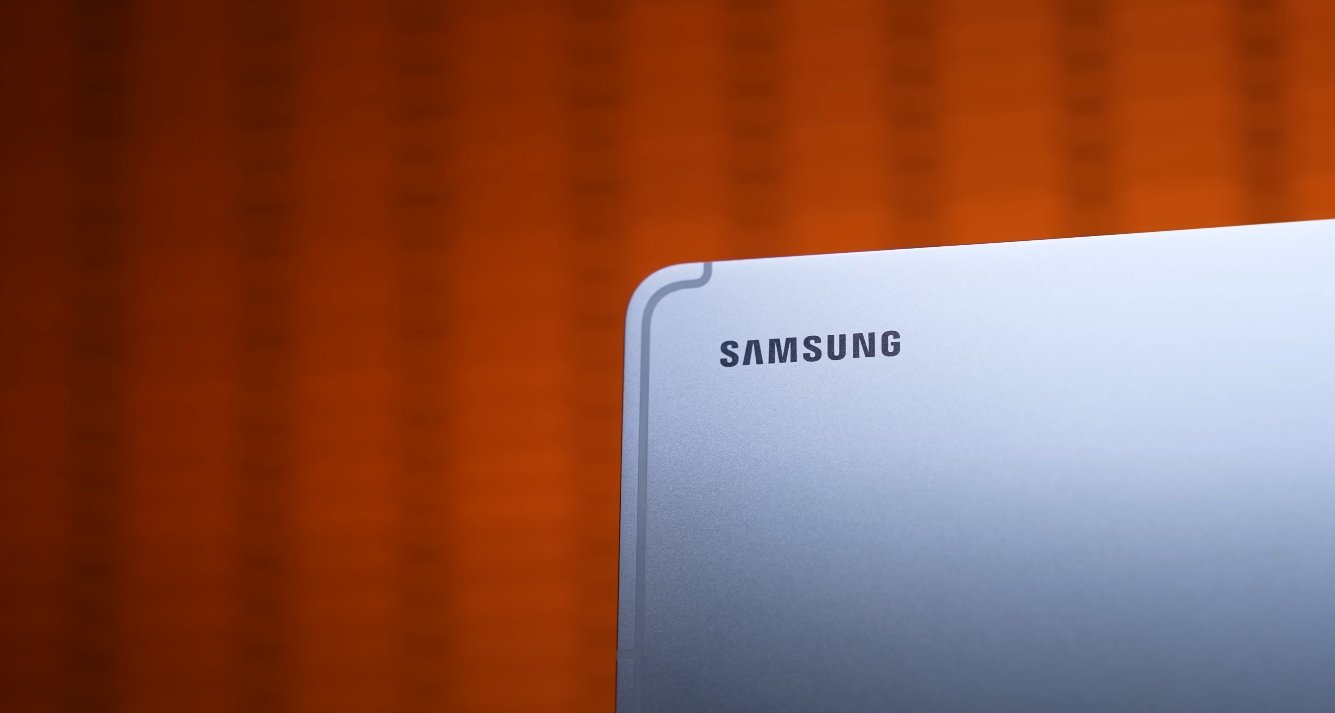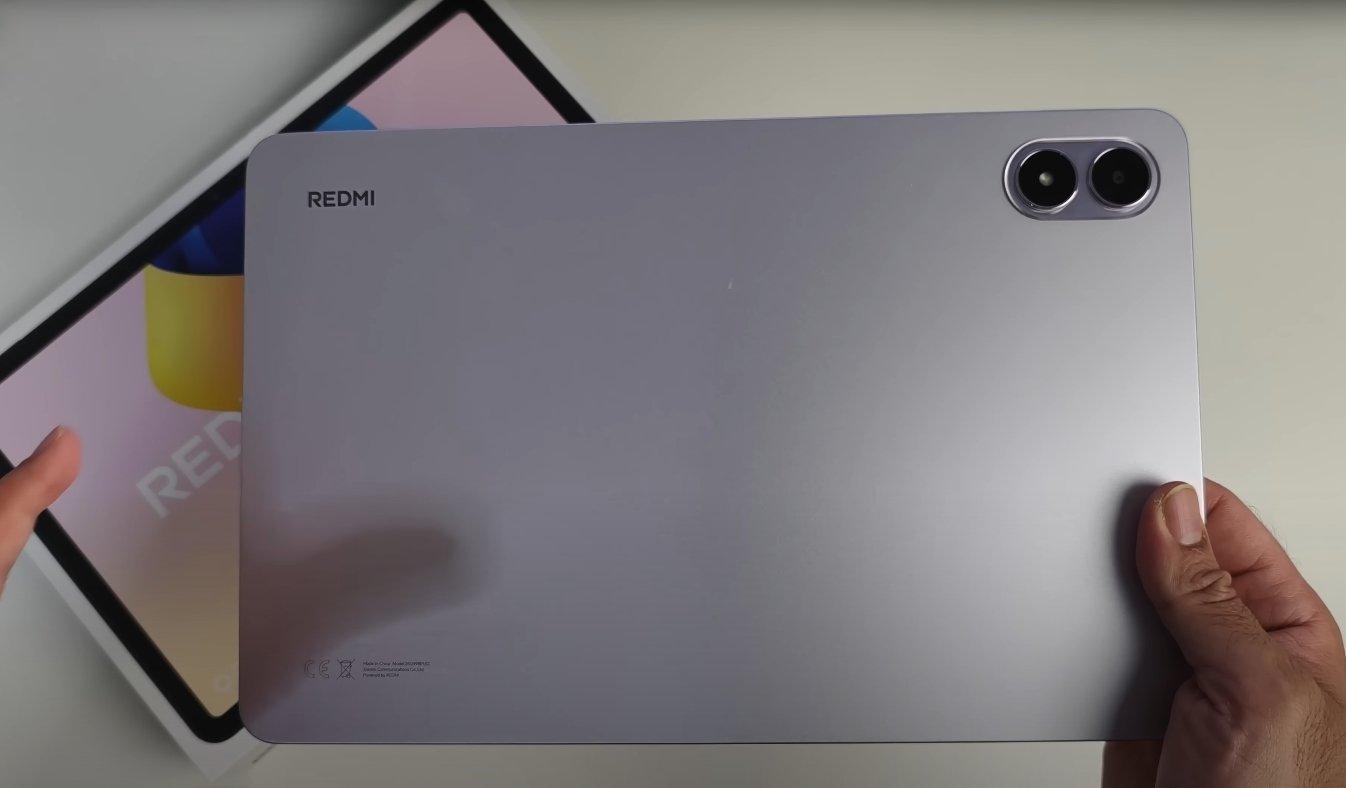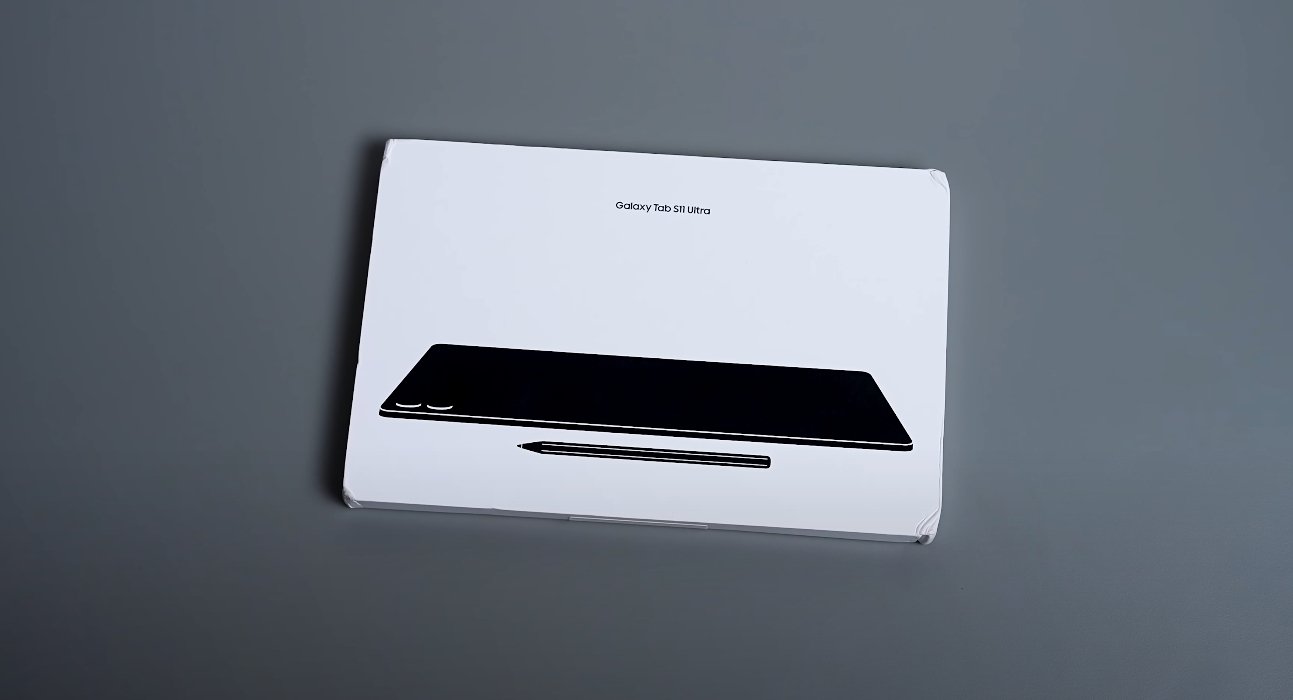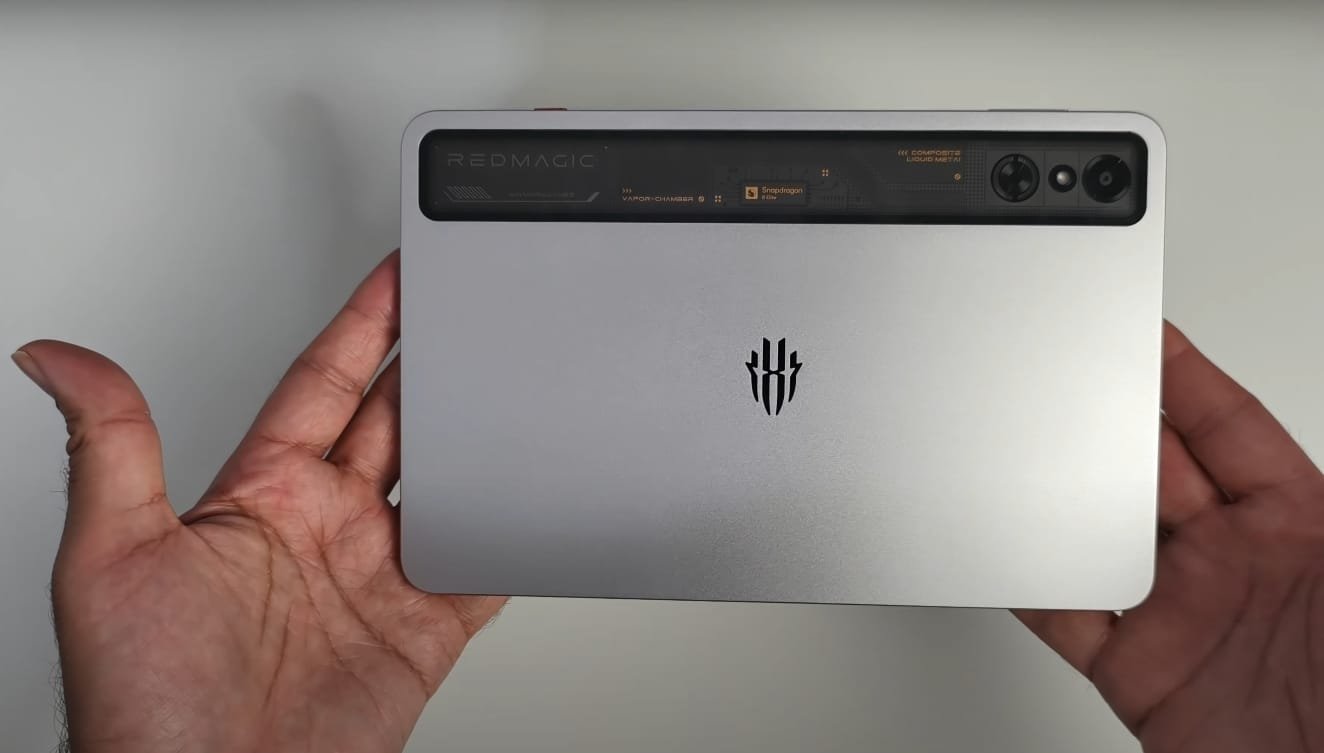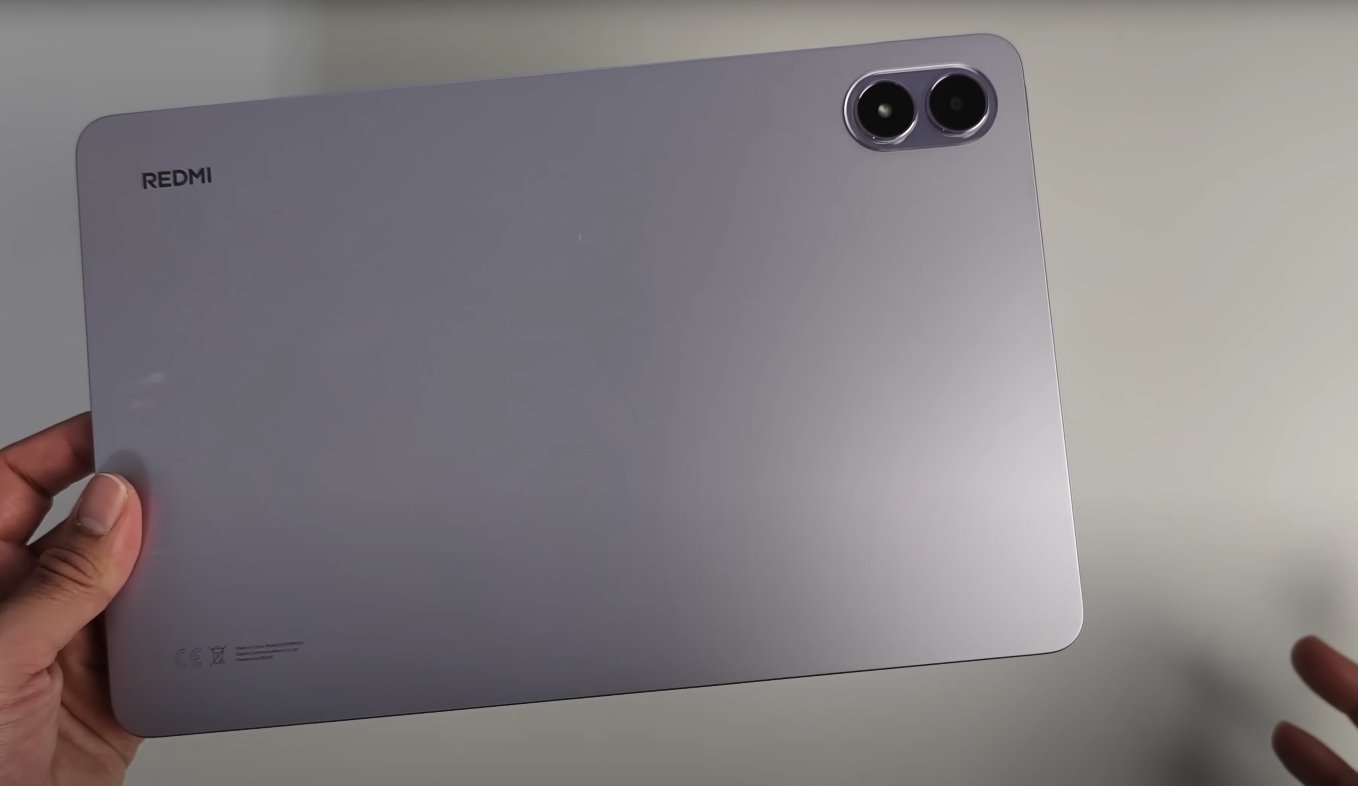Comparing Samsung Galaxy Tab S11 Ultra and Xiaomi Pad 7 Max
The tablet market continues to grow, and two devices that stand out in the premium and mid-range segments are the Samsung Galaxy Tab S11 Ultra and the Xiaomi Pad 7 Max. Both tablets offer large displays, powerful hardware, and features aimed at productivity, creativity, and entertainment. This comparison evaluates their performance, display, battery, cameras, and overall suitability for different types of users.
Display and Build Quality are key differentiators between these two tablets. The Samsung Galaxy Tab S11 Ultra features a 14.6-inch Dynamic AMOLED 2X display with a resolution of 2960×1848 pixels and a 120Hz refresh rate. The display supports HDR10+, delivers vibrant colors, and has excellent contrast, making it ideal for media consumption, gaming, and creative work. Its slim 5.1mm profile and lightweight build of around 692 grams enhance portability without compromising the large screen experience.
In contrast, the Xiaomi Pad 7 Max has a 14-inch IPS LCD display with a resolution of 2000×3200 pixels and a higher 144Hz refresh rate. While the LCD panel provides sharp visuals and good brightness, it lacks the deep blacks and contrast ratios of an AMOLED screen. The Pad 7 Max weighs slightly more at 695 grams, and its design is optimized to balance the large display with usability. Both tablets have high screen-to-body ratios, but the Tab S11 Ultra’s AMOLED panel gives it a visual advantage for creative professionals and media enthusiasts.
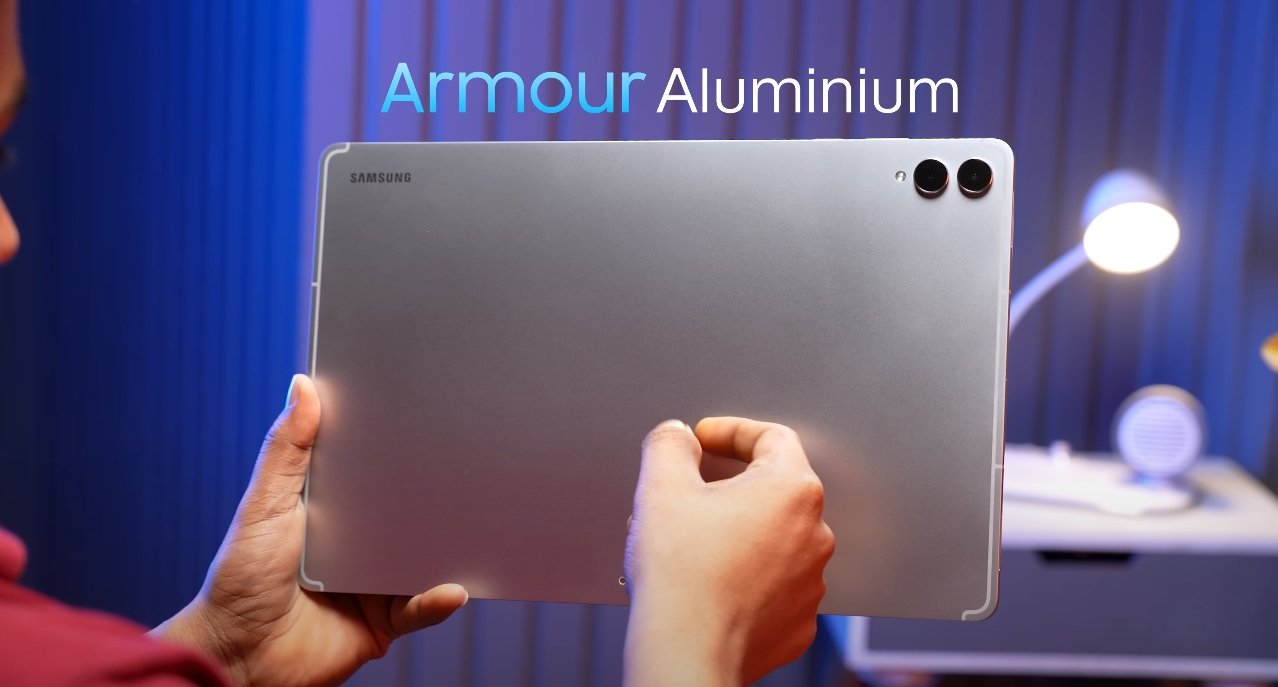
Performance is another major point of comparison. The Tab S11 Ultra is powered by the MediaTek Dimensity 9400+ processor, paired with up to 16GB of RAM and 1TB of storage. It runs Android 16 with One UI 8 and supports Samsung DeX, allowing a desktop-like experience with multitasking and advanced productivity. This combination ensures smooth operation of resource-intensive applications, including video editing, 3D modeling, and gaming, making it suitable for professionals and power users.
The Xiaomi Pad 7 Max, on the other hand, runs on the Snapdragon 8+ Gen 1 processor with 6GB of RAM and 128GB of storage, running Android 15. While it offers solid performance for daily tasks, multitasking, and light gaming, it cannot match the Tab S11 Ultra in terms of raw processing power or advanced productivity features. However, it remains a capable device for students, casual users, and those seeking a high-performing tablet at a lower price point.
Battery life and charging are critical for long sessions of work or study. The Tab S11 Ultra houses an 11,600mAh battery and supports 45W fast charging. Real-world usage indicates around 17 hours of video playback, making it suitable for extended periods without needing a charge. The Xiaomi Pad 7 Max comes with a slightly larger 12,000mAh battery and supports 67W fast charging. Despite the larger capacity, real-world usage shows around 14 hours of continuous activity due to the higher power consumption of its LCD panel and less efficient optimization. Both tablets support fast charging, but the Tab S11 Ultra offers more consistent endurance for heavy tasks.
Camera capabilities are important for video calls, document scanning, and casual photography. The Tab S11 Ultra has a 13MP rear camera and a 12MP front camera, optimized for video conferencing and document capture. The Xiaomi Pad 7 Max features a 50MP rear camera and a 20MP front camera, offering higher resolution for casual photography and online meetings. While the Pad 7 Max may appeal to users who want sharper images, the Tab S11 Ultra’s cameras are more than sufficient for tablet-specific use cases.
Software and ecosystem integration also set these tablets apart. The Tab S11 Ultra integrates well within Samsung’s ecosystem, providing seamless synchronization across devices, access to Galaxy AI features, and compatibility with the S Pen for note-taking and creative work. The Xiaomi Pad 7 Max supports stylus input and multitasking through MIUI for Pad, but lacks the broader ecosystem integration and advanced AI features of Samsung’s offering.
Pricing and target audience differ significantly. The Tab S11 Ultra starts at $1,199.99, targeting professionals, creatives, and users who need premium features and high-end performance. The Xiaomi Pad 7 Max is priced around $480, catering to students and casual users seeking a large-screen tablet with good performance at an affordable price. The price difference reflects the Tab S11 Ultra’s superior hardware, display technology, and productivity-focused features.
In conclusion, the Samsung Galaxy Tab S11 Ultra excels in display quality, performance, battery efficiency, and productivity features, making it ideal for professionals, creatives, and power users. The Xiaomi Pad 7 Max offers a competitive alternative with a large display, solid performance, and a more affordable price, suitable for students and casual users. Choosing between these tablets depends on user priorities: those who need top-tier performance and a premium experience will prefer the Tab S11 Ultra, while budget-conscious users who still want a capable large-screen tablet may find the Pad 7 Max appealing.
Both devices showcase the versatility of modern tablets, with the Tab S11 Ultra emphasizing premium features and the Pad 7 Max providing value and functionality for everyday use.
Also Read: Samsung Galaxy Tab S11 Ultra early buyers review in USA
